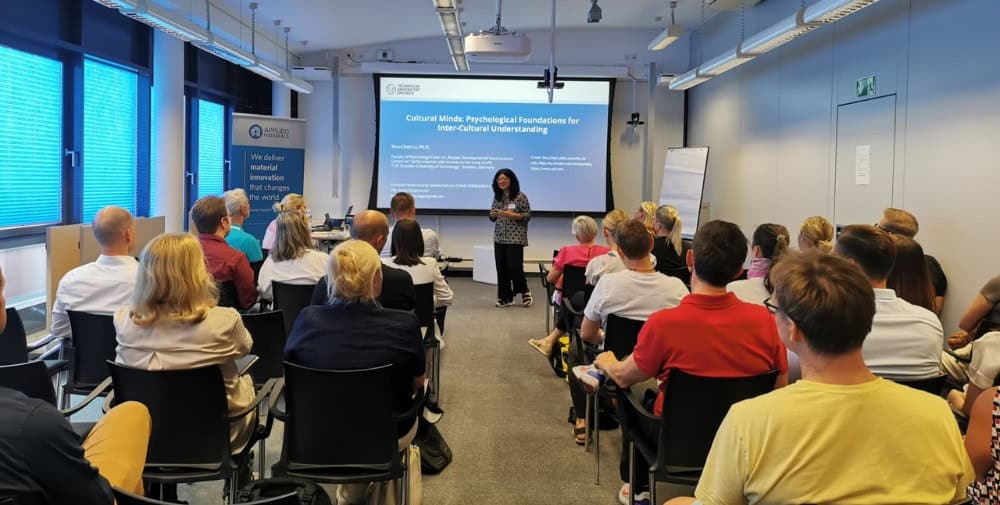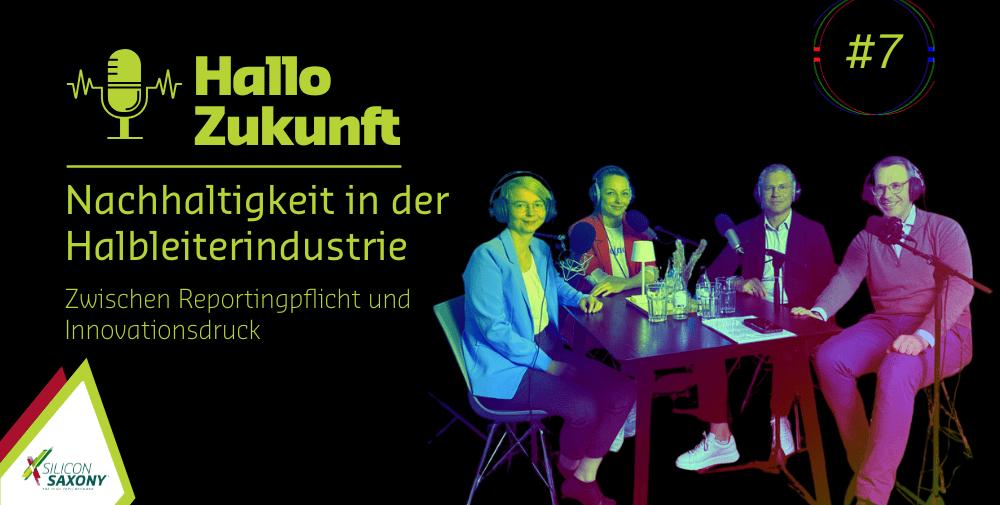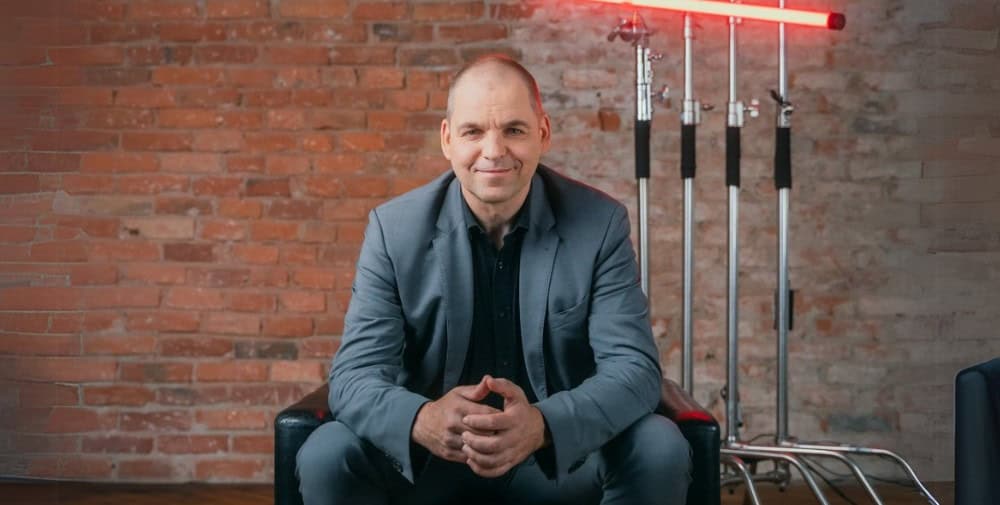
The 17th Smart Systems Integration Conference was opened at the CinemaxX Hamburg Dammtor by the Conference Chairs Stefan Finkbeiner (Chairman EPoSS e.V. and CEO Bosch Sensortec), Harald Kuhn (Director Fraunhofer ENAS) and Holger Kapels (Managing Director Fraunhofer ISIT). Organized by Fraunhofer ENAS, EPoSS and Silicon Saxony, this year’s SSI conference and exhibition also put the spotlight on smart systems. Supported by three main sponsors INFICON, VISHAY and Applied Materials, SSI once again offered a varied conference and supporting program for the 140 participants. 89 technical papers dealt intensively with a total of five technological subject areas. A conference dinner on the MS Louisiana Star after eventful hours of professional exchange offered all participants the best opportunity to get to know each other better.
The high-calibre keynote speeches and technical presentations at the conference demonstrated the entire thematic range of the SSI.
Selection of keynote speeches and technical contributions:
- Jari Kinaret, Executive Director Chips Joint Undertaking (“Chips JU: current and planned activities”)
- Lars Reger, Executive Vice President and Chief Technology Officer, NXP Semiconductors (Smart connected systems – Enabling a World that Anticipates and Automates)
- Terence Gan, Executive Director at Institute of Microelectronics, Singapore (Enabling access to photonics and piezoMEMS design and wafer fabrication capabilities for smart sensors)
- Torsten Grawunder, Senior System Designer Embedded Solutions, Swissbit (Towards Chiplets in Harsh Environments: Challenges from an Advanced Packaging Point of View)
- Klaus Beetz, former Chief Executive Officer, EIT KIC Manufacturing (Driving manufacturing industry towards sustainability)
- Frank Schönefeld, former CTO, Technology Consultant, Deutsche Telekom MMS (Technologies in Generative AI and the Future of Coding)
- Holger Kapels, Acting Director, Fraunhofer ISIT (Broad silicon based smart sensor systems towards new materials)
The first three conference tracks are oriented along the value chain of smart systems. Whether “Components of Smart Systems”, “System integration aspects concerning hardware and software” or “Application Domains: Mobility, Energy, Industry, Biomedical, Healthy Living”, a separate session with presentations and posters was dedicated to each part of the value chain.
The fourth track “Strategy and Business Creation”, for which EPoSS was responsible as in previous years, focused primarily on the perspectives of the topics “Augmented and Virtual Reality”, which implements the system integration aspect in micro-optical applications. Another session in this track discussed the importance of international cooperation. Global cooperation in research and development has proven to be crucial for innovation and efficiency in technology-intensive industries. It is therefore important for the European Union to intensify its partnerships with global allies.
The cross-cutting topic of “Artificial intelligence of smart systems” as the fifth track attracted particular attention, as there are few topics where opportunities and risks are closer together than with AI, which also touches on cyber security, functional security and the privacy of smart systems and must be considered as an overall concept. The motto “the right tool and data basis for the right application” – especially in the context of the EU’s data act and AI act – was a recurring theme throughout the panel discussion.
The Thomas Gessner Award was presented for the fifth time. This year, the prize went to the young scientist Marieke Stapf from the TU Bergakademie Freiberg for her contribution “Integration of Lignin Hydrogel on Suspended Gate FET Structures for a New Type of Chemical Sensor”. The associated keynote presentation showed in a comprehensible way how field-effect transistors can be used for gas sensor technology and deals experimentally with the parameters of gas sensor technology (sensitivity, selectivity, response behavior and service life). The result of the work thus forms a building block for smart systems. Further information on the award can be found here.
The prizes for the best poster (“Best poster award”) and the best conference publication (“Best Paper Award”) were presented during the closing session. The “Best Paper Award” went to Diing Shenp Ang from Nanyang Technological University for his paper “Silicon FET Reservoir for Dynamic Edge Vision”. The paper impresses with an impressively simple approach to using hysteresis in SI FETs for hardware-based and highly efficient image and video classification. Professor Ang follows last year’s winner Tom Enderlein from the Center for Microtechnologies at Chemnitz University of Technology with the Best Paper Award 2023 for his contribution “Hollow Microneedle Fabrication and Characterization for Interstitial Fluid Extraction in Minimally Invasive Sensors”. The “Best Poster Award” goes to Ahmed Shaaban from Infineon Technologies AG Munich for “Resonate-and-Fire Spiking Neurons for Target Detection and Hand Gesture Recognition: A Hybrid Approach”.
The organizers of the SSI – Fraunhofer ENAS, EPoSS and Silicon Saxony – would like to thank all speakers for their contributions and the participating companies and institutions Inficon, Vishay, Applied Materials, Infineon Technologies, Peer Group, Bosch Sensortec, swissbit Germany, EIT Manufacturing, NXP Semiconductors, Fraunhofer ISIT and Chips Joint Undertaking for their exciting technical content. Last but not least, thanks also go to all participants this year for their interest and to all sponsors for their important support.
– – – – – –
Further links
👉 https://smartsystemsintegration.com/
Collage: Silicon Saxony


